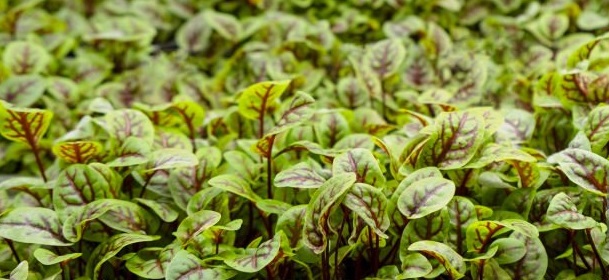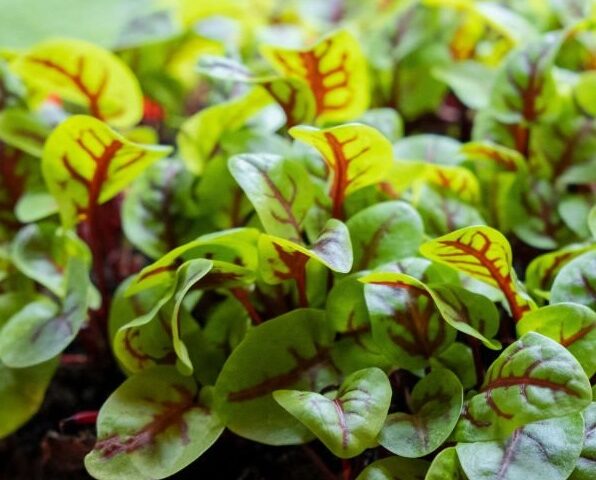As late fall approaches, foraging sheep sorrel (Rumex acetosella) is a great addition to your foraging adventures. Known for its distinct tart flavor, this vibrant green is commonly found in fields, lawns, and disturbed areas, making it an accessible option for foragers in November. In this blog, I’ll share where to find sheep sorrel, its edible parts, and some delicious ways to use it in your culinary creations.
What is Sheep Sorrel?

Sheep sorrel is a perennial herb with arrow-shaped leaves that are bright green and often have a slightly reddish stem. Its leaves are known for their tart, lemony flavor, which adds a refreshing kick to various dishes. I appreciate sheep sorrel not only for its taste but also for its impressive nutritional content. It’s rich in vitamin C and contains essential minerals, making it a great addition to any forager’s diet.
Where to Find Sheep Sorrel
When foraging for sheep sorrel, look for it growing in fields, lawns, and disturbed areas such as roadways or gardens. This plant thrives in well-drained soils and can often be spotted in clusters. November is an excellent time to gather sheep sorrel, as its flavor is enhanced by the cooler temperatures.
Edible Parts of Sheep Sorrel
The leaves of sheep sorrel are the edible parts. Their tart, lemony flavor makes them a delightful addition to a variety of dishes. I love incorporating sheep sorrel into my meals because it adds brightness and complexity. It’s especially great in salads, soups, or as a seasoning for various dishes.
How to Harvest Sheep Sorrel
Harvesting sheep sorrel is a simple process. I usually pluck the leaves directly from the plant, being careful not to disturb the roots so that it can continue to grow. It’s important to only gather what you need and to avoid overharvesting. Before consuming, be sure to rinse the leaves thoroughly to remove any dirt or debris.
Cooking with Sheep Sorrel
Sheep sorrel can be enjoyed in many delicious ways. One of my favorite uses is in a fresh salad, where its tangy flavor shines through. Here’s a simple recipe I enjoy:
Sheep Sorrel Salad Recipe:
- Gather a handful of fresh sheep sorrel leaves.
- Toss them with mixed greens, diced cucumbers, and cherry tomatoes.
- Drizzle with olive oil and lemon juice, adding salt and pepper to taste.
- Serve chilled as a refreshing side dish.
Sheep sorrel also works wonderfully in soups, where it can be blended in to create a zesty flavor profile. I often use it to enhance vegetable broths or cream-based soups, adding a unique twist that elevates the dish.
Nutritional Benefits
In addition to its culinary uses, sheep sorrel is packed with nutrition. It is an excellent source of vitamin C, which supports immune function and skin health. Its high antioxidant content contributes to overall wellness, making sheep sorrel a valuable addition to your foraged foods.
Conclusion
Sheep sorrel (Rumex acetosella) is a flavorful wild edible that offers both culinary versatility and nutritional benefits. As you explore fields, lawns, and disturbed areas this November, you can enjoy the experience of foraging for this tangy green. Whether you incorporate sheep sorrel into salads, soups, or use it as a seasoning, its bright flavor will enhance your meals while connecting you to nature.
As with all foraged foods, remember to harvest responsibly when foraging Sheep Sorrel, ensuring you accurately identify sheep sorrel and adhere to local guidelines. By embracing this zesty wild green, you’ll not only enrich your diet but also deepen your appreciation for the abundance of nature. Happy foraging!
Foraging Disclaimer
Foraging for wild edibles like sheep sorrel (Rumex acetosella) can be a rewarding experience, but it’s essential to do so with caution. Always positively identify any plant before consuming it, as some plants can be toxic. If you’re uncertain about a plant’s identity, consult reliable field guides or foraging experts. Additionally, be mindful of local regulations and avoid harvesting from areas that may be contaminated with pesticides or pollutants. If you have allergies or health concerns, please consult a healthcare professional before trying new wild edibles. Enjoy your foraging adventures responsibly!
